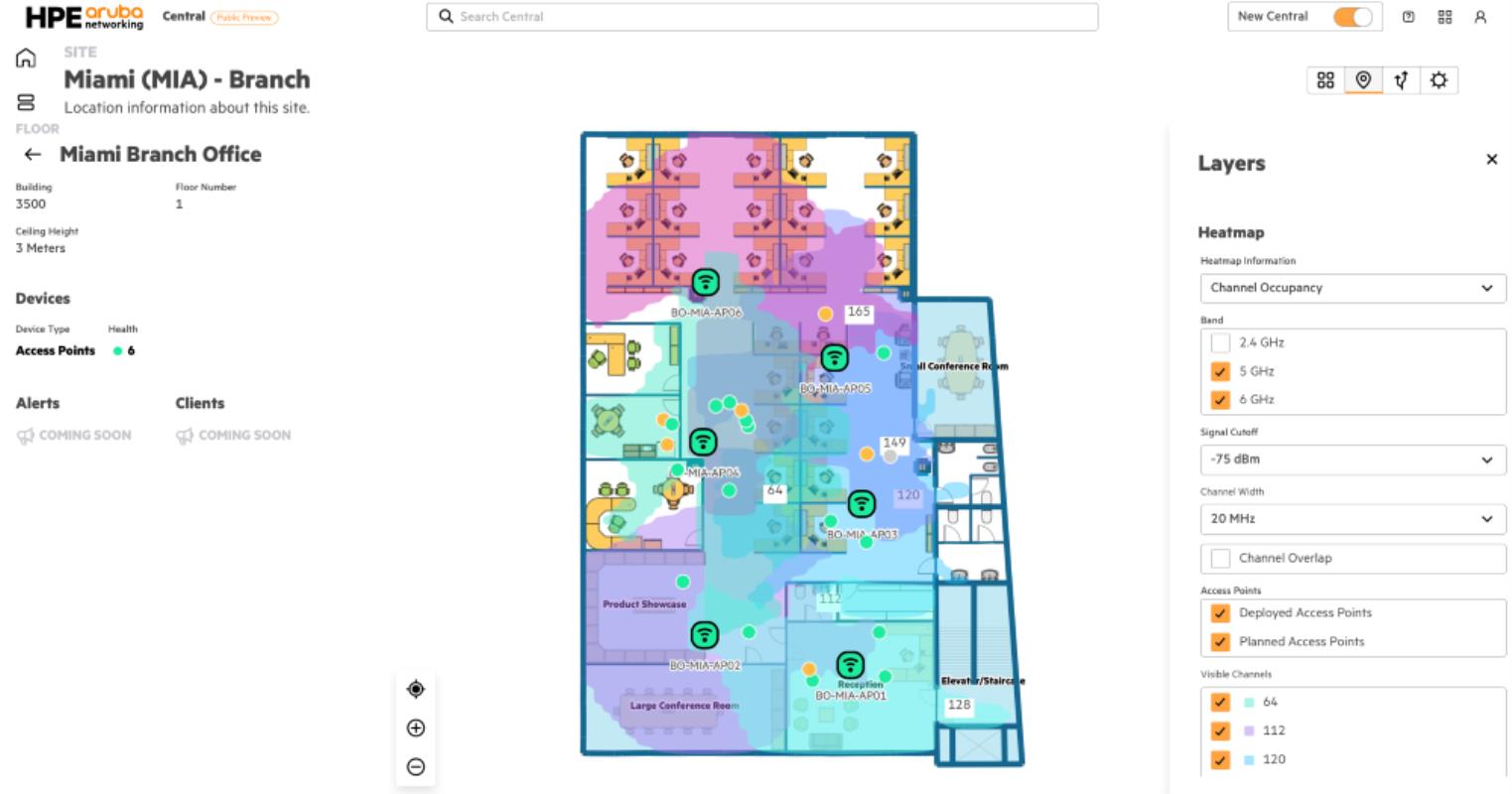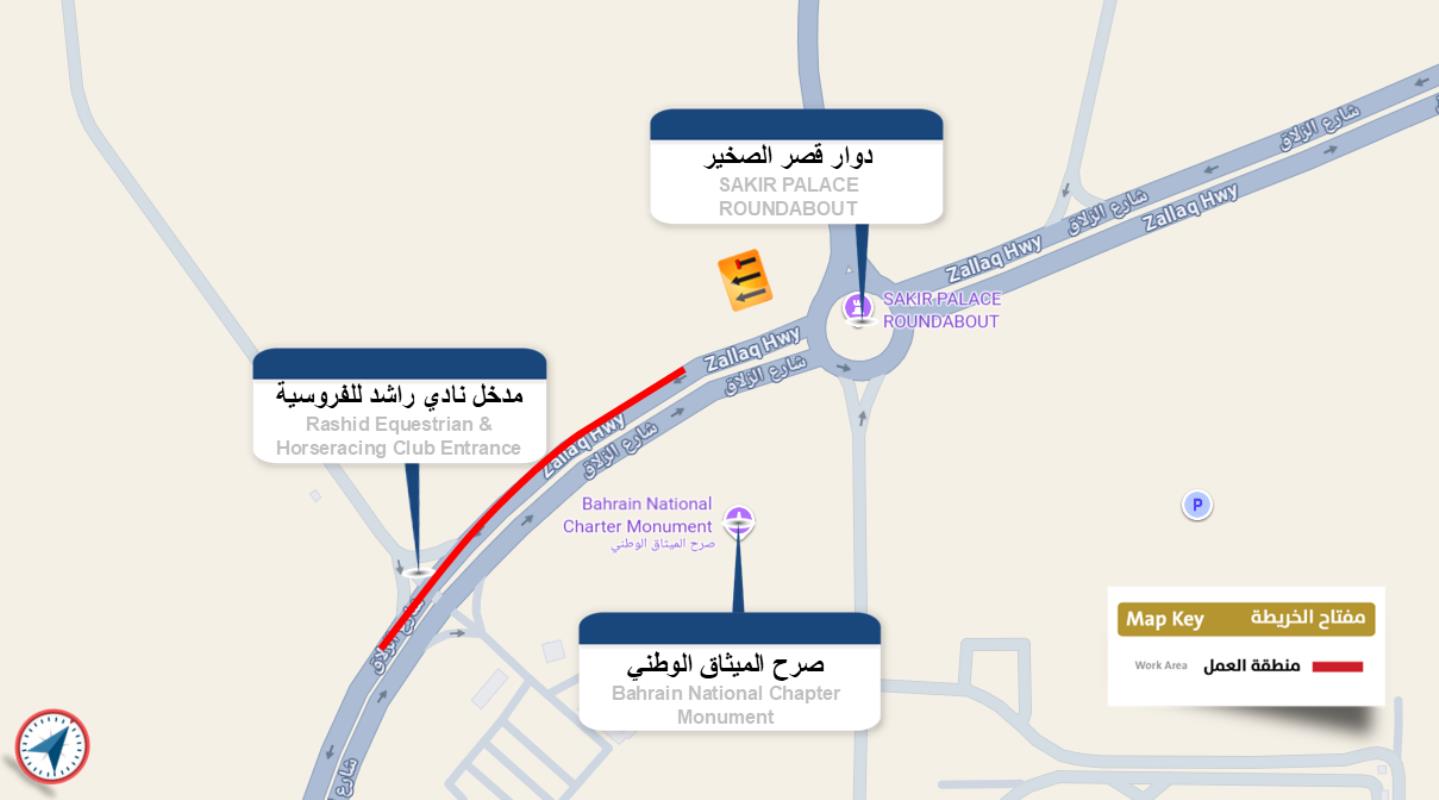
A study published by the American Journal of Clinical Nutrition (AJCN) reveals the Galaxy Watch could contribute to the prevention or reduction of obesity in its users. The study found Galaxy Watch devices were accurate in measuring body composition, with a precision comparable to laboratory results performed by Louisiana State University, Pennington Biomedical Research Center, and the University of Hawaii Cancer Center.
The study underscores the promise of wearables in helping to prevent or reduce obesity, a condition that is responsible for approximately 60% of cardiovascular disease deaths.[1] [2]
Key findings:
- Galaxy Watch’s Bioelectrical Impedance Analysis (BIA) measurement showed a 97-98% correlation with the two reference devices – a clinical measure of a dual-energy X-ray absorptiometry (DXA) scan and a duplicate laboratory-grade octapolar bioelectrical impedance analysis – regarding fat-free mass, fat mass, skeletal muscle mass, basal metabolic rate, and total body water.[3]
- The value of BIA is that it offers a more holistic picture of health and wellness. By analyzing key details about the body – like skeletal muscle, basal metabolic rate, body water, and body fat percentage – it reveals more powerful insights into one’s body and physical health than just measuring Body Mass Index (BMI) alone.
- Considered to be a chronic disease, obesity develops over time as a result of overnutrition and lack of physical activity.[4]
- The ability to self-monitor one’s behavior, particularly with data derived from wearables, improves the user’s understanding of their behavior patterns, which resulted in an increase in physical activity in nearly 60% of users.[5]
- In addition, a randomized control trial found that wearables decreased sedentary time by an average of 68 minutes, while a meta-analysis of the effects of wearable activity trackers showed an increase of more than 2500 daily steps.[6] [7]
Overview of the study
A joint research team from Louisiana State University, Pennington Biomedical Research Center and the University of Hawaii Cancer Center performed a study to assess the accuracy of body composition data gathered from smartwatches.
The study compared the body composition measurements taken by the Galaxy Watch4 Bioelectrical Impedance Analysis (BIA) sensor with a clinical measure of a dual-energy X-ray absorptiometry (DXA) scan and a duplicate laboratory-grade octapolar bioelectrical impedance analysis.
The results demonstrated that Galaxy Watch’s BIA measurement had between a 97-98% correlation with the two reference devices on fat-free mass, fat mass, skeletal muscle mass, basal metabolic rate and total body water3. The study results show that data from a wearable bioimpedance device can help users monitor their body composition and improve their health by changing their diet and exercise behaviors.
It also shows the Galaxy Watch can help users get a more accurate understanding of their health. The accuracy of the data means users can make adjustments to their own behavior even when clinical testing is not available. This allows users to better monitor their health at home (between medical interventions), when traveling, or when working remotely where other assessments may not be available.
[1] Collaborators GO. Health effects of overweight and obesity in 195 countries over 25 years. N Engl J Med 2017;377(1):13–27.
[2] Abdullah A, Wolfe R, Stoelwinder JU, De Courten M, Stevenson C, Walls HL, et al. The number of years lived with obesity and the risk of all-cause and cause-specific mortality. Int J Epidemiol 2011;40(4):985–96.
[3] Basal metabolic rate and Total body water measurements were compared with an octapolar bioelectrical impedance analysis only since DXA doesn’t provide those index.
[4] Wharton S, Lau DCW, Vallis M, Sharma AM, Biertho L, Campbell-Scherer D, et al. Obesity in adults: a clinical practice guideline. Can Med Assoc J 2020;192(31):E875–91.
[5] Dehghan Ghahfarokhi A, Vosadi E, Barzegar H, Saatchian V. The effect of wearable and smartphone applications on physical activity, quality of life, and cardiovascular health outcomes in overweight/obese adults: a systematic review and meta-analysis of randomized controlled trials. Biol Res Nurs [accessed 2022 Aug 7]. doi:10.1177/10998004221099556.
[6] Ellingson LD, Meyer JD, Cook DB. Wearable technology reduces prolonged bouts of sedentary behavior. Transl J Am Coll Sports Med 2016;1(2):10–7.
[7] Ashur C, Cascino TM, Lewis C, Townsend W, Sen A, Pekmezi D, et al. Do wearable activity trackers increase physical activity among cardiac rehabilitation participants? A systematic review and meta-analysis. J Cardiopulm Rehabil Prev 2021;41(4): 249–56.

Obesity a critical health issue
Obesity has increasingly become a global burden and accounts for approximately 60% of cardiovascular disease death.1 2 Considered a chronic disease, obesity develops over time from overnutrition and lack of physical activity.4 Weight loss, even at modest levels early in the progression towards obesity, can prevent or reverse health risks[8]. These findings prompt the need to support effective weight management to reduce obesity.
Self-monitoring behaviors, particularly through access to wearables data, improves self-awareness and visibility of behavior patterns, producing an increase in physical activity in nearly 60% of users.5 In addition, greater engagement with these self-monitoring tools increased adherence to target outcomes, including weight loss or body composition.5 [9]
A randomized control trail also found that wearables decreased sedentary time by an average of 68 minutes compared to controls, while a meta-analysis of the effects of wearable activity trackers showed an increase of more than 2500 daily steps.6 7
How does the Galaxy Watch measure body composition?
The Galaxy Watch advantage is its ability to measure BIA versus just BMI. Bioelectrical Impedance Analysis (BIA) offers a more holistic picture of one’s health and wellness. It breaks down key personal details, like skeletal muscle, basal metabolic rate, body water, and body fat percentage, for more in-depth insights into one’s body and physical health. BIA is usually measured at the gym or clinic using specialized equipment, but now is made accessible with the Galaxy Watch, right on one’s wrist. Whether you’re trying to lose weight, build muscle mass, or speed up metabolism, BIA is an accurate, simple, and convenient way to check and track progress.
It is easy to check body composition (BIA) on the Galaxy Watch too. The BIA sensor on Galaxy Watch4 and Galaxy Watch5 enables users to measure BIA with four electrodes on Galaxy Watch — two on the back and two on the side buttons. To complete a reading, users hold the side buttons of the Watch. Then in about 15 seconds, the watch’s sensor captures 2,400 data points. (How-to-use film)
To optimize body composition accuracy:
- Measure at the same time of the day
- Measure on an empty stomach
- Measure after going to the bathroom
- Measure when you are not having your menstrual period
- Measure before doing activities that cause your body temperature to rise, such as exercising, taking showers, or going to the sauna
- Measure after removing metal objects from your body, such as necklace
[8] Sarma S, Sockalingam S, Dash S. Obesity as a multisystem disease: Trends in obesity rates and obesity-related complications. Diabetes Obes Metab 2021;23(S1):3–16.
[9] Barakat C, Pearson J, Escalante G, Campbell B, De Souza EO. Body recomposition: can trained individuals build muscle and lose fat at the same time? Strength Cond J 2020;42(5):7–21.





































































